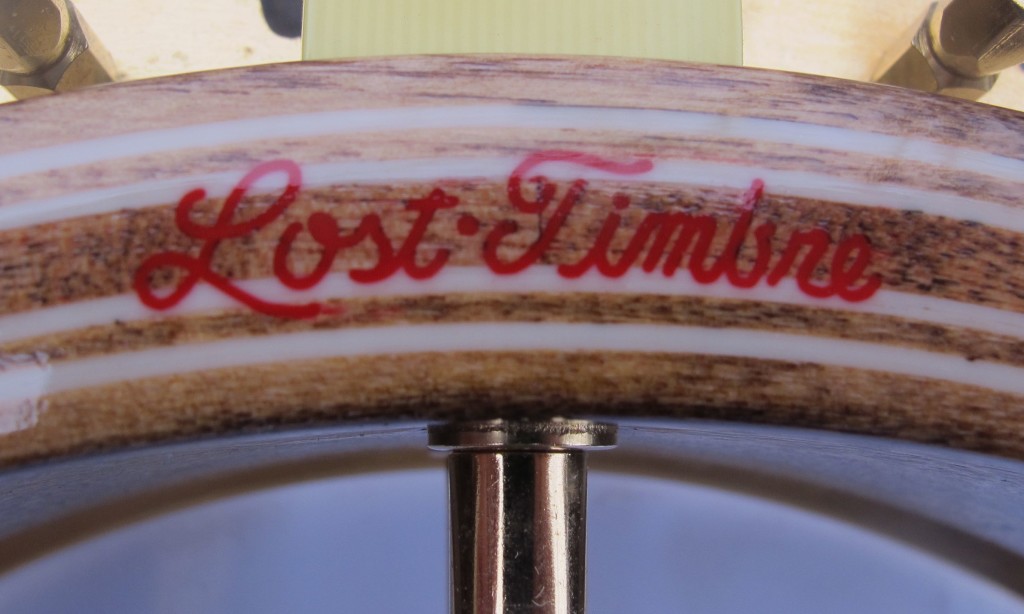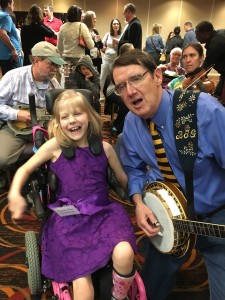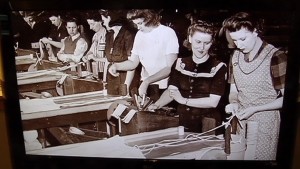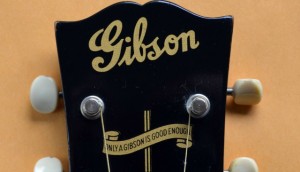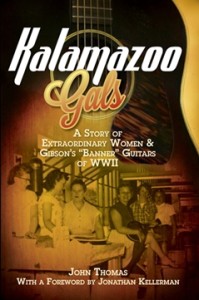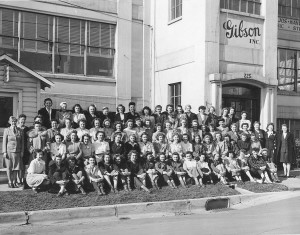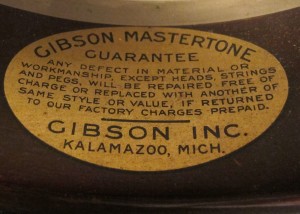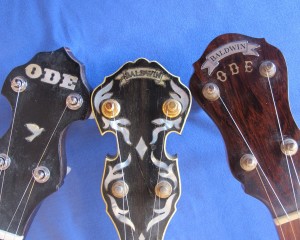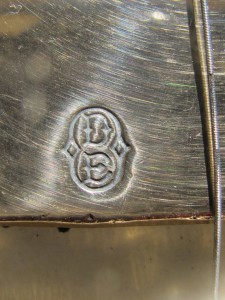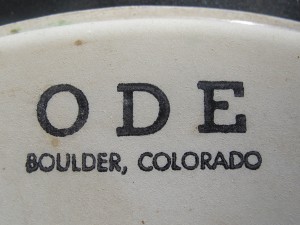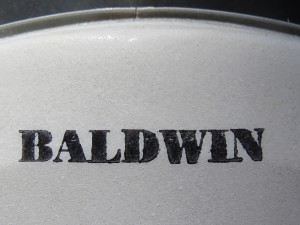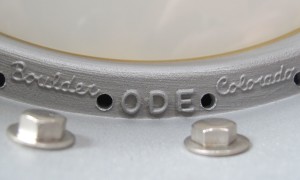Last month, the BRC website had its 5th birthday, and it has accrued 600K search engine hits. To celebrate these special milestones, our workshop has introduced the new “Freedom Eagle” open back 5 string banjo. Our first owner on eBay reported, the “Banjo looks even better in person and sounds great! Plus super fast shipping! A+.”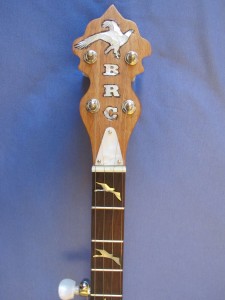
The BRC founder`s band wrapped up the birthday month by performing again to benefit the Children`s Hospital at its annual `Safe Kids Day` festival which fosters child health through safety at home, at play, and on the farm.
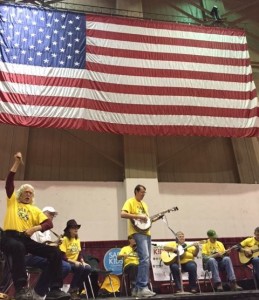
At the end of our set, the band jumped into a spirited and up-tempo rendition of “Salt Creek”, and a kinetic troupe of younger dancers began joyfully high-stepping to the pulse of the music at the foot of the stage.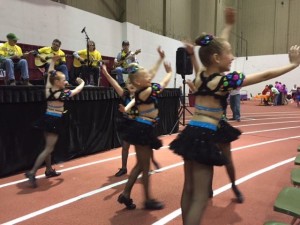
We concluded our springtime season with our yearly family band dinner, and we all count our blessings as summer approaches.
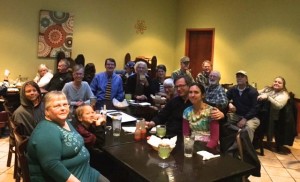
P.S. Check-out the open back BRC 5 string Freedom Eagle banjo on eBay, May 15-22.


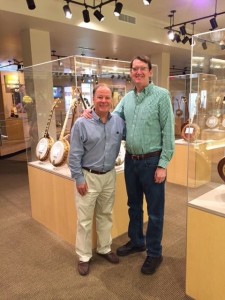
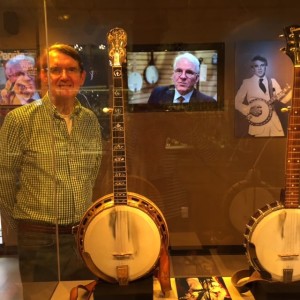
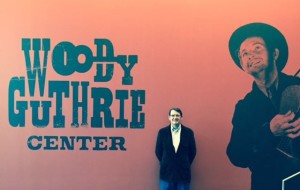
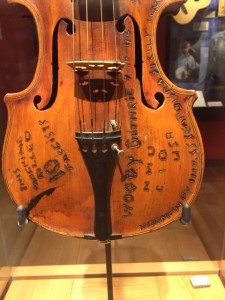 e.
e.